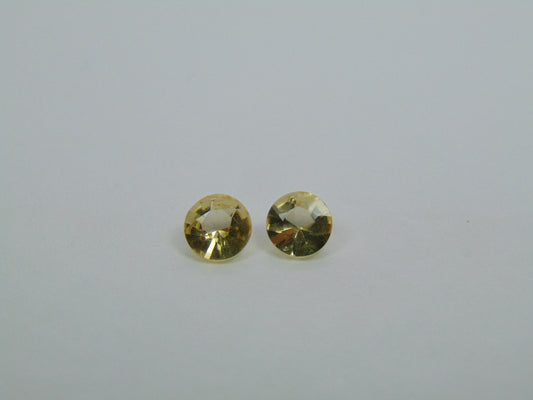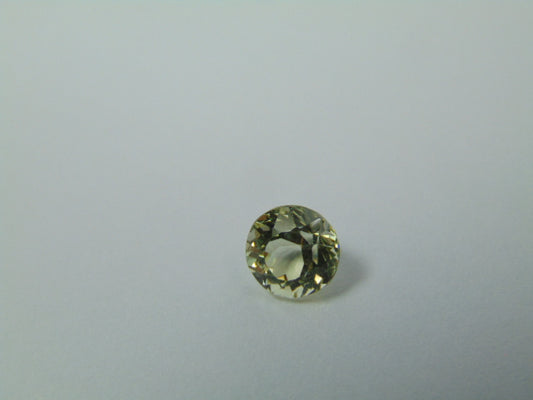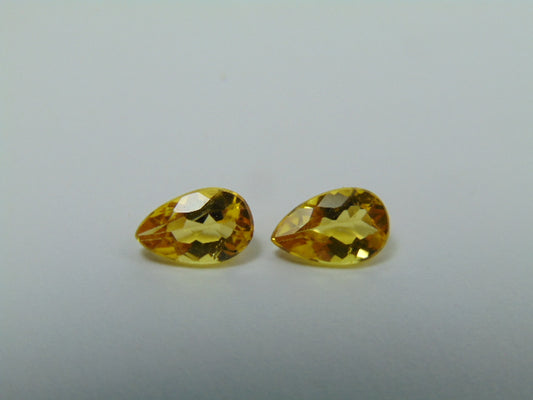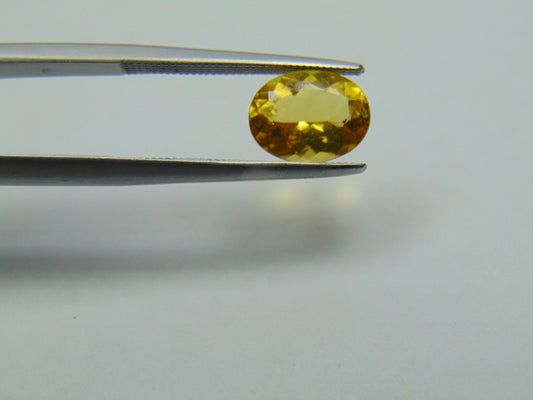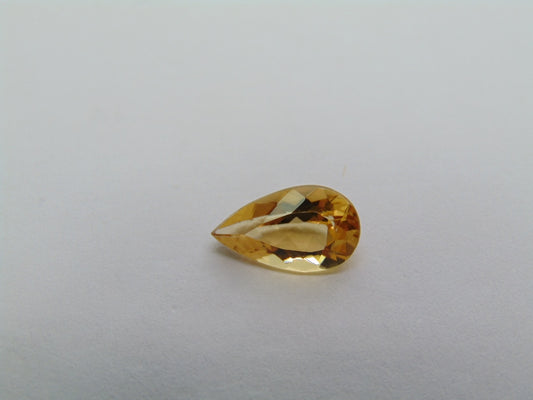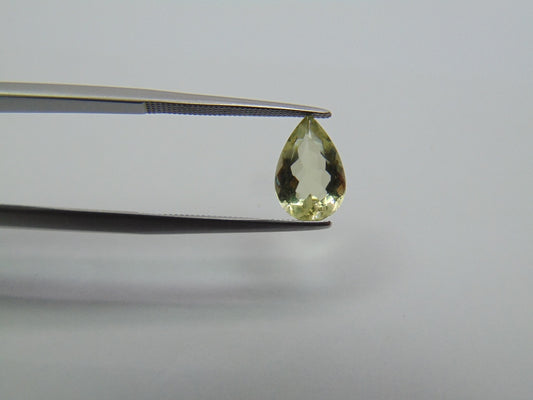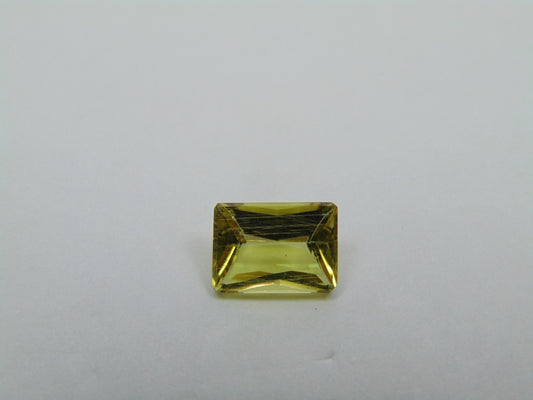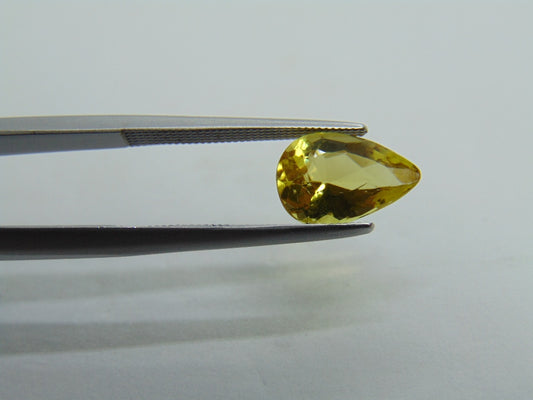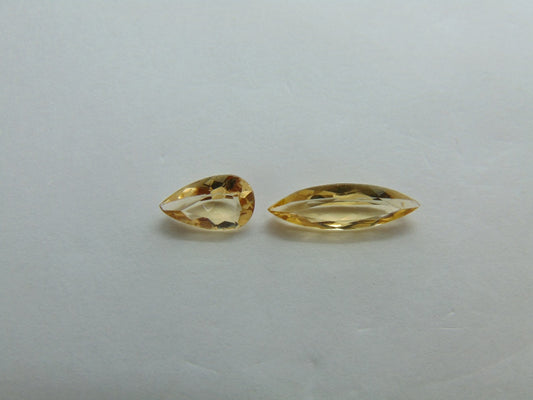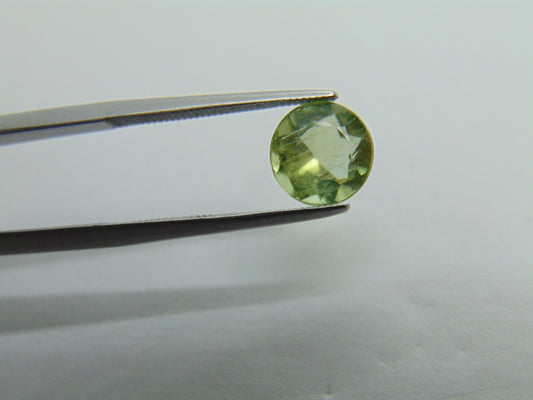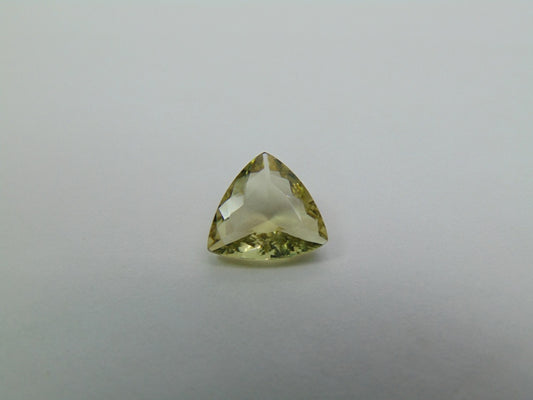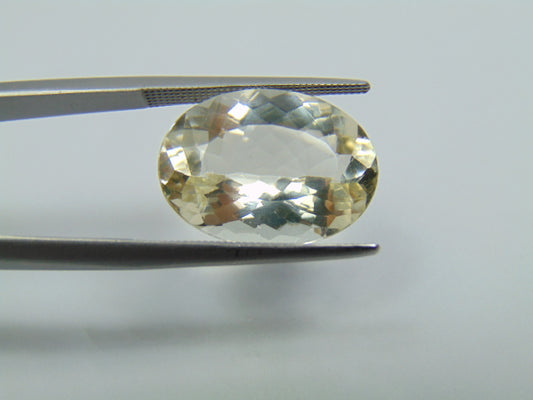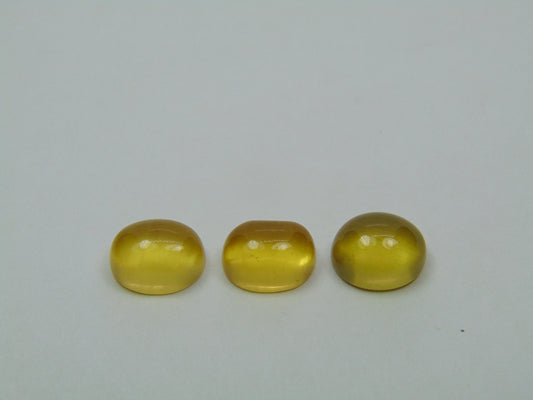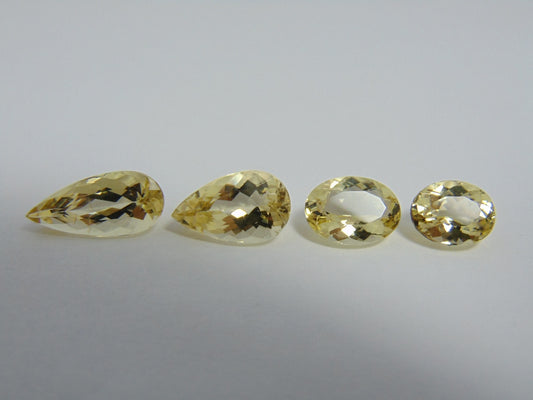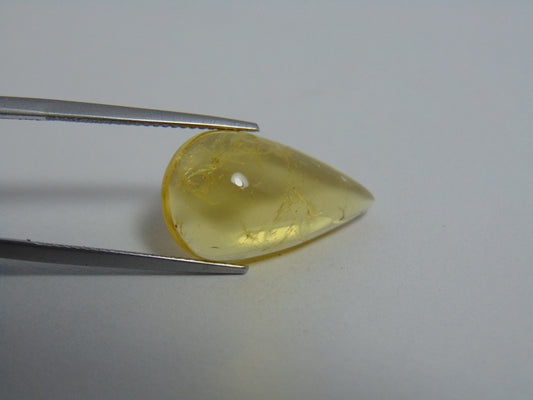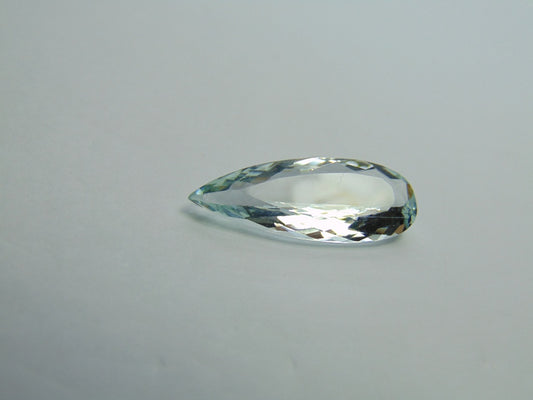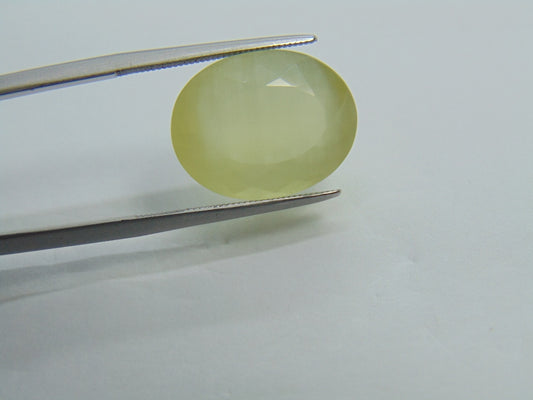Collection: BERYL
The name beryl is derived (via Latin: beryllus, Old French: beryl, and Middle English: beril) from Greek βήρυλλος beryllos which referred to a "precious blue-green color-of-sea-water stone"; akin to Prakrit verulia, veluriya ("beryl"). The German word Brille and the Dutch word bril (eyeglasses) are also derived from Prakrit verulia. The term was later adopted for the mineral beryl more exclusively.
Beryl of various colors is found most commonly in granitic pegmatites, but also occurs in mica schists in the Ural Mountains, and limestone in Colombia. Beryl is often associated with tin and tungsten ore bodies. Beryl is found in Europe in Norway, Austria, Germany, Sweden (especially morganite), Ireland and Russia, as well as Brazil, Colombia, Madagascar, Mozambique, South Africa, the United States, and Zambia. US beryl locations are in California, Colorado, Connecticut, Georgia, Idaho, Maine, New Hampshire, North Carolina, South Dakota and Utah.
-
1.20ct Beryl Pair 5mm
Regular price $9.60 USDRegular price -
1.35ct Beryl 6x4mm
Regular price $9.45 USDRegular price -
1.35ct Beryl 7mm
Regular price $9.45 USDRegular price -
1.50ct Beryl Pair 8x5mm
Regular price $10.50 USDRegular price -
1.64ct Beryl 9x7mm
Regular price $11.48 USDRegular price -
1.70ct Beryl 11x6mm
Regular price $11.90 USDRegular price -
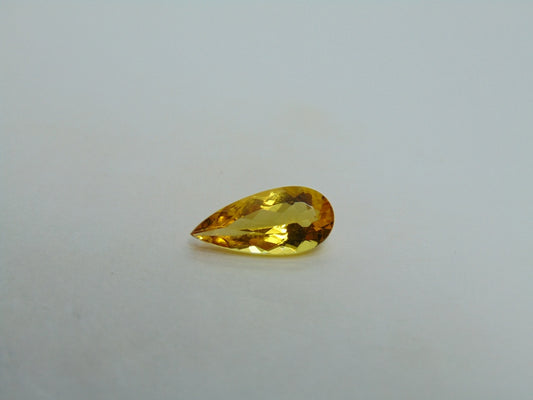
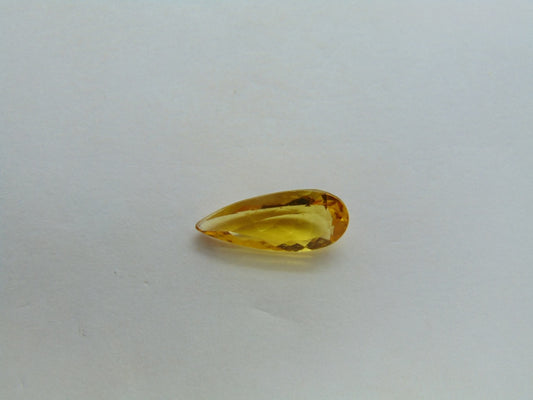 Sold out
Sold out1.75ct Beryl 13x6mm
Regular price $12.25 USDRegular price -
1.80ct Beryl 11x7mm
Regular price $14.40 USDRegular price -
1.83ct Beryl 9x7mm
Regular price $10.98 USDRegular price -
1.87ct Beryl 11x7mm
Regular price $13.09 USDRegular price -
1.87ct Beryl 8x5mm 14x4mm
Regular price $12.16 USDRegular price -
1.88ct Beryl 8mm
Regular price $11.28 USDRegular price -
1.94ct Beryl Pair 7mm
Regular price $13.58 USDRegular price -
1.95ct Beryl 10mm
Regular price $13.65 USDRegular price -
10.05ct Beryl 17x13mm
Regular price $40.20 USDRegular price -
10.05ct Beryl Cabochon 10x8mm
Regular price $30.15 USDRegular price -
10.20ct Beryl
Regular price $45.90 USDRegular price -
10.40cts Beryl (Cabochon)
Regular price $31.20 USDRegular price -
10.50ct Beryl
Regular price $63.00 USDRegular price -
10.50ct Beryl 31x8mm
Regular price $63.00 USDRegular price -
10.60ct Beryl With Needle 20x12mm
Regular price $63.60 USDRegular price -
10.70ct Beryl
Regular price $74.90 USDRegular price -
10.70ct Beryl 28x11mm
Regular price $74.90 USDRegular price -
10.80cts Beryl Natural Color 17x13mm
Regular price $43.20 USDRegular price


